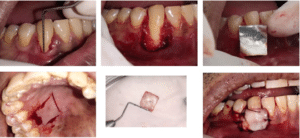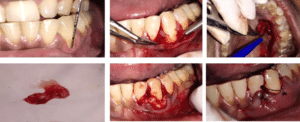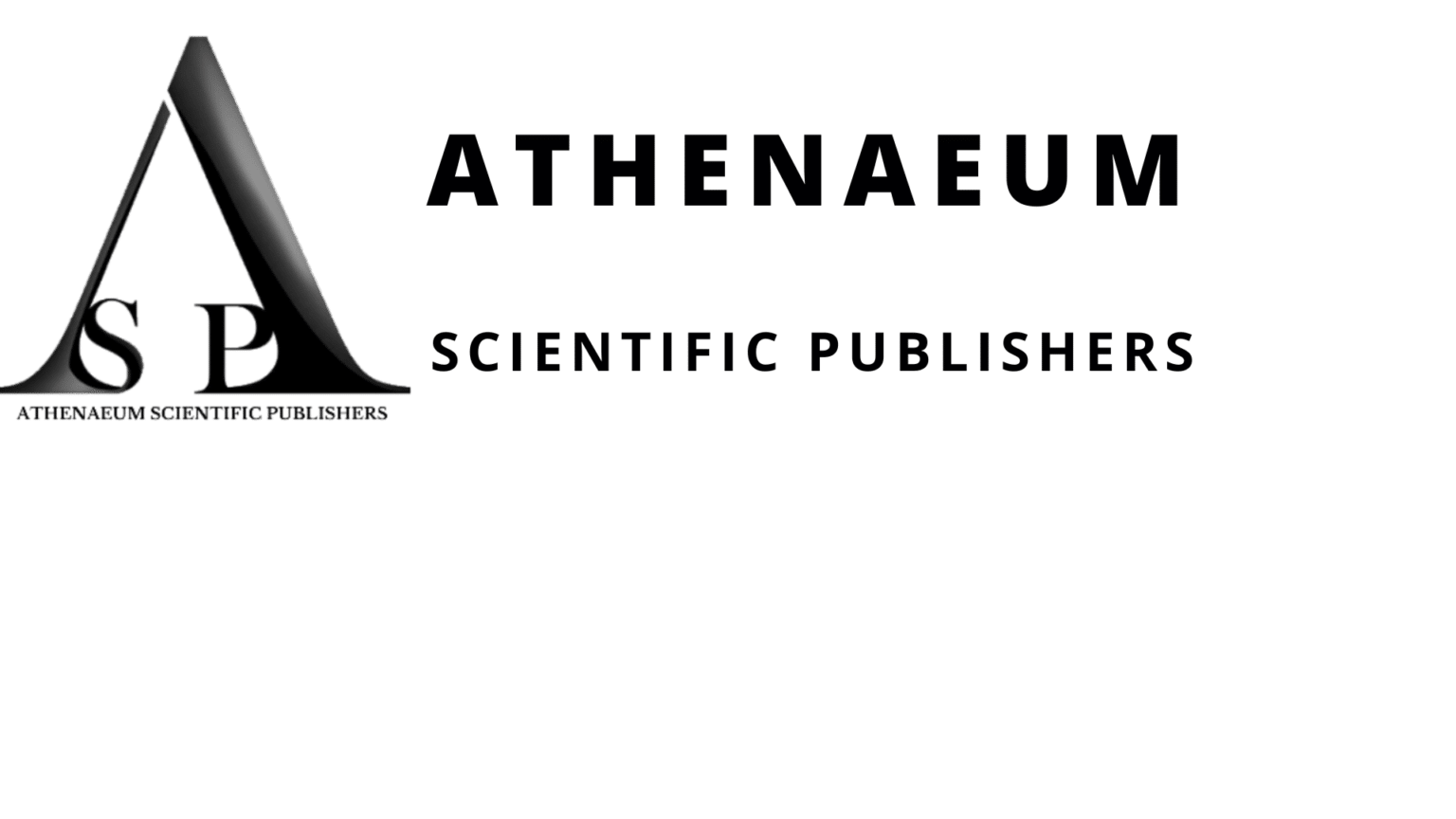Labanya Biswas1*, Abhijit Chakrabarty2, Himadri Chakraborty3, Anindita Das4, Parijat Chakraborty5
1BDS, Post Graduate Trainee, Department of Periodontics; Guru Nanak Institute of Dental Science and Research, West Bengal, India
2MDS, Professor and Head of Department, Department of Periodontics; Guru Nanak Institute of Dental Science and Research, West Bengal, India
3MDS, Professor, Department of Periodontics; Guru Nanak Institute of Dental Science and Research, West Bengal, India
4MDS, Consultant Orthodontist and Private Practitioner, West Bengal, India
Correspondence author: Labanya Biswas, BDS, Post Graduate Trainee, Department of Periodontics; Guru Nanak Institute of Dental Science and Research, West Bengal, India; E-mail: [email protected]
Published Date: 27-11-2023
Copyright© 2023 by Biswas L, et al. All rights reserved. This is an open access article distributed under the terms of the Creative Commons Attribution License, which permits unrestricted use, distribution, and reproduction in any medium, provided the original author and source are credited.
Abstract
Gingival recession or soft tissue recession is defined as the displacement of the gingival margin apical to the Cemento-Enamel Junction (CEJ) of a tooth or the platform of a dental implant. This condition is attributable to the loss of periodontal tissues, in particular gingiva, periodontal ligament, root cementum or bone tissue at dental sites and mucosa and bone surrounding dental implants. In order to provide a more accurate definition of this condition, the term Periodontal Recession instead of gingival recession had been proposed. At present, these terms are used in the same way. Depending on the aetiology, extent and accompanying symptoms in each case there may be significant differences in the severity of any gingival recession.
Keywords: Root Coverage; Free Mucosal Graft; Connective Tissue Graft; Gingival Recession
Introduction
Gingival recession or soft tissue recession is defined as the displacement of the gingival margin apical to the Cemento-Enamel Junction (CEJ) of a tooth or the platform of a dental implant [1]. This condition is attributable to the loss of periodontal tissues, in particular gingiva, periodontal ligament, root cementum or bone tissue at dental sites and mucosa and bone surrounding dental implants. In order to provide a more accurate definition of this condition, the term Periodontal Recession instead of gingival recession had been proposed. At present, these terms are used in the same way. Depending on the aetiology, extent and accompanying symptoms in each case there may be significant differences in the severity of any gingival recession [2].
The main criteria behind Miller’s classification system are the Mucogingival Junction (MGJ), the presence or absence of Keratinised Tissue (KT) and the interdental bone/soft tissue loss [2]. Cairo et al., classification is treatment-oriented and mindful of the latest surgical principles for root coverage [3]. The Cairo, et al., classification is as follows: (Fig. 1)
- Recession Type 1 (RT1): Gingival recession without interproximal attachment loss. The interproximal CEJ is not detectable. Miller Class I and II equivalencies
- Recession Type 2 (RT2): The amount of interproximal attachment loss is less than or equal to the buccal attachment loss. Miller Class III equivalency
- Recession Type 3 (RT3): The amount of interproximal attachment loss is greater than the buccal attachment loss. Miller Class IV equivalency

Figure 1: Cairo, et al., Classification for gingival recession.
The main indications for root coverage procedures are esthetic demands, root sensitivity and shallow root caries lesions [4]. The first step in an effective management and prevention program is to identify vulnerability factors and adjustable conditions associated with gingival recession. While complete root coverage can be achieved in RT1 defects, only partial coverage may be expected in RT2. RT3 recession defects are not amenable to root coverage. Non-surgical treatment options for gingival recession defects include establishment of optimal plaque control, removal of overhanging subgingival restorations, behavior change interventions and use of desensitizing agents [1]. Furthermore, the surgical root coverage techniques include Free epithelialized gingival graft; Subepithelial connective tissue graft; Semilunar flap; Coronally advanced flap [5-8].
We hereby try to present a split mouth case of root coverage with two different techniques on each site. The main objective is to compare the result post-surgery with a follow up of 6 months as well along with the pros and cons of both the techniques.
Case Report
Patient Information
A male patient aged 32 years came to the department with a chief complaint of receding gums in his lower front teeth region. On examination clinically and radiographically, the patient had Cairo classification RT1 type of gingival recession i.r.t 33 and 43. Consequently, a treatment plan was decided which included firstly oral prophylaxis, followed by elimination of trauma from occlusion and finally surgical procedure for recession coverage. The patient was informed about the plan in detail and a proper consent was provided by the patient to proceed with the treatment [9-11].
Clinical Findings and Diagnostic Assessment
The selected site presented a healthy periodontium with the gingiva exhibiting no evidence of bleeding on probing. The following clinical parameters were taken at the mid-buccal aspect of the lower canines (33,43) separately at baseline, 2 months, 6 months post-surgery.
- A standard periodontal probe was used for measuring Probing Pocket Depth (PD) i.e., the closest mm from the gingival margin till bottom of sulcus
- Clinical Attachment Level (CAL) (Cemento-Enamel Junction (CEJ) to the end of the sulcus)
- Recession Depth (RD) (CEJ to the gingival margin)
- Recession Width (RW) (buccal surface at the CEJ)
- Keratinized Gingiva Width (WKG)
After all these parameters, surgical procedure was to be performed at the sites of interest. Two different methods were planned in both the sites i.e., FMG at 43 and CTG at 33.
Therapeutic Intervention
Site 1 (Fig. 2): The 1st recipient site i.e., 43 was prepared by horizontal papillary incisions made at 900 to the papilla at the level of CEJ. Two vertical incisions were made from the gingival margin to the alveolar mucosa. A split thickness flap was separated thereafter. Root planning to remove calculus and obtain a smooth surface was done using hand curettes. Tetracycline treatment for 2-3 minutes and saline rinse was done simultaneously. An aluminum foil template of the recipient site was placed covering the donor site. A partial thickness free mucosal graft was incorporated from the palate which had epithelium and a thin layer of underlying connective tissue within. A 1-1.5mm thickness is important for proper survival of the graft. Soon after harvesting the graft, the donor tissue was placed on the recipient site. Vertical sutures for stabilizing the tissue (4-0 polyamide) were incorporated. Sutures were removed 10 days post-surgery.

Figure 2: Root coverage technique using free mucosal graft.
Site 2 (Fig. 3): The 2nd recipient site i.e., 33 was prepared by a sulcular incision. Then a partial thickness flap extended from the mesial surface of tooth 32 to the distal of tooth 34 without vertical releasing incisions. Subsequently, Connective Tissue Graft (CTG) was obtained from the palate, using trap-door technique. The CTG was then fixed in periosteum with 5-0 vicryl suture and the flap is positioned coronally and sutures were made with 4-0 polyamide sutures. Sutures were removed after 10 days.

Figure 3: Root coverage technique using connective tissue graft.
Follow Up and Outcomes
Only mouth wash rinse was advised on the treated site for 2 weeks instead of brushing. 0.2% chlorhexidine mouthwash, antibiotics and analgesics were prescribed accordingly. Patient was under follow up weekly for the 1st month and then directly on 2nd month (Fig. 4) and 6th month (Fig. 5) [12,13].

Figure 4: 2 month follow up.

Figure 5: 6 month follow up.
Results and Observations
- CTG site had better healing of both recipient and donor site than FMG
- Root coverage in CTG site was seen to be approximating 100% whereas it was around 75% in FMG site
- Colour of the attached gingiva was similar to the adjacent tissue in CTG but the same was not seen in FMG site where it was similar to the donor site instead
- Procedural steps of FMG are a bit more invasive than that of CTG
- Patient compliance was more in CTG than FMG
Conclusion
The above case was performed with utmost care and precaution keeping in mind about all the possible outcomes and complications as well. A further follow up of the case is to be done after 12 months for better comparison. Also, a few more cases must be treated with the same intent to come to a definitive concluding statement.
Conflict of Interest
The authors have no conflict of interest to declare.
References
- Tugnait A, Clerehugh V. Gingival recession-its significance and management. J Dent. 2001;29(6):381-94.
- Imber JC, Kasaj A. Treatment of gingival recession: when and how? Int Dent J. 2021;71(3):178-87.
- Loupes OI, Fill KI. Decision-Making In Modern Mucogingival Therapy Properly managing mucogingival defects will set appropriate clinical expectations and improve long-term surgical outcomes. 2020.
- Wennström JL. Mucogingival therapy. Ann Periodontol. 1996;1(1):671-701.
- Pradeep K, Rajababu P, Satyanarayana D, Sagar V. Gingival recession: review and strategies in treatment of recession. Case Rep Dent. 2012;2012.
- Sumner III CF. Surgical repair of recession on the maxillary cuspid: incisally repositioning the gingival tissues. J Periodontol Periodontics. 1969;40(2):119-21.
- Langer B, Langer L. Subepithelial connective tissue graft technique for root coverage. J Periodontol. 1985;56(12):715-20.
- Langer B. The sub-epithelial connective tissue graft. Int J Perio and Rest Dent. 1982;2:22-7.
- Snyder AJ. A technic for free autogenous gingival grafts. J Periodontol‐Periodontics. 1969;40(12):702-6.
- Prato GP, Tinti C, Vincenzi G, Magnani C, Cortellini P, Clauser C. Guided tissue regeneration versus mucogingival surgery in the treatment of human buccal gingival recession. J Periodontol. 1992;63(11):919-28.
- Clauser C, Nieri M, Franceschi D, Pagliaro U, Pini‐Prato G. Evidence‐based mucogingival therapy. Part 2: Ordinary and individual patient data meta‐analyses of surgical treatment of recession using complete root coverage as the outcome variable. J periodontol. 2003;74(5):741-56.
- Skinner A, Niemiec B. Semilunar coronally advanced periodontal flap to increase soft tissue coverage of a maxillary fourth premolar in a dog. J Veterinary Dentistry. 2017;34(2):100-5.
- Watson PJ. Gingival recession. J Dent. 1984;12(1):29-35.
Article Type
Review Article
Publication History
Received Date: 30-10-2023
Accepted Date: 20-11-2023
Published Date: 27-11-2023
Copyright© 2023 by Biswas L, et al. All rights reserved. This is an open access article distributed under the terms of the Creative Commons Attribution License, which permits unrestricted use, distribution, and reproduction in any medium, provided the original author and source are credited.
Citation: Biswas L, et al. Free Gingival and Connective Tissue Graft: Split Mouth Case of Root Coverage. J Dental Health Oral Res. 2023;4(3):1-5.

Figure 1: Cairo, et al., Classification for gingival recession.

Figure 2: Root coverage technique using free mucosal graft.

Figure 3: Root coverage technique using connective tissue graft.

Figure 4: 2 month follow up.

Figure 5: 6 month follow up.


